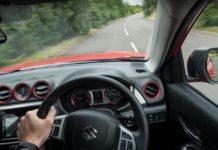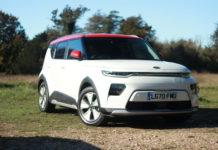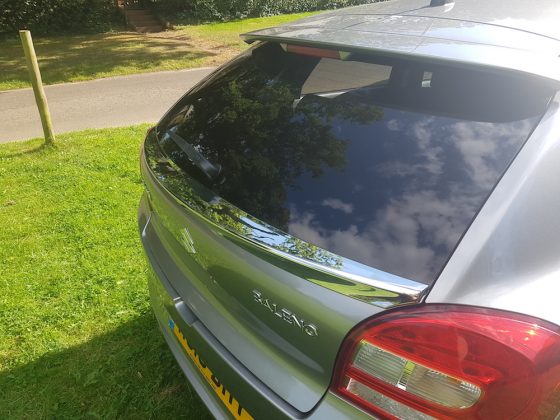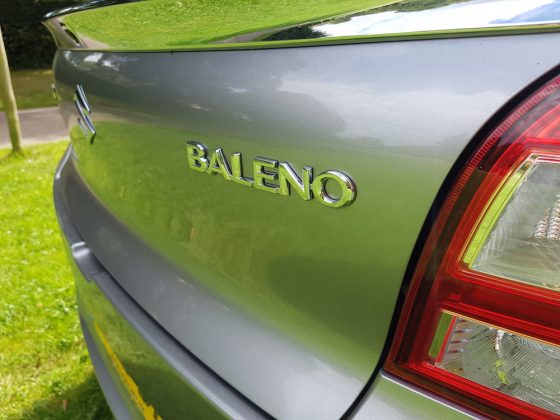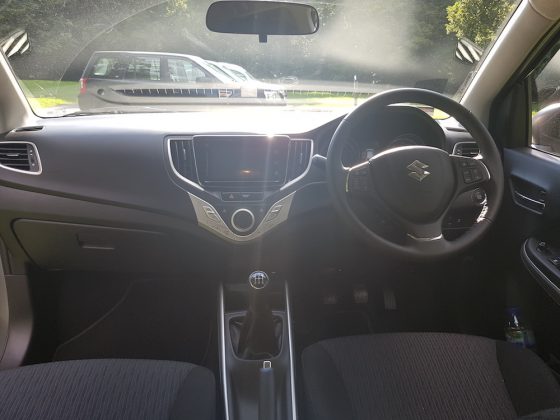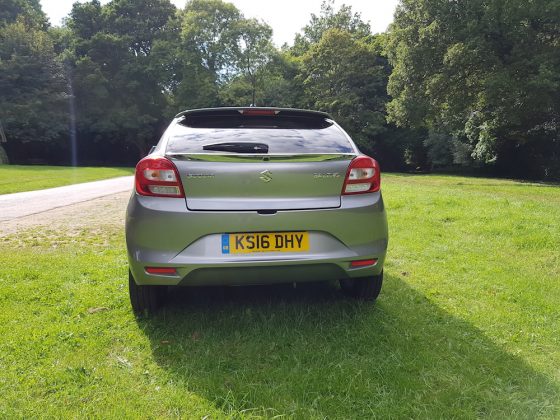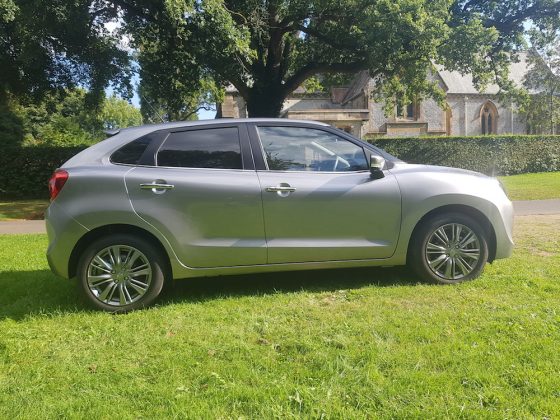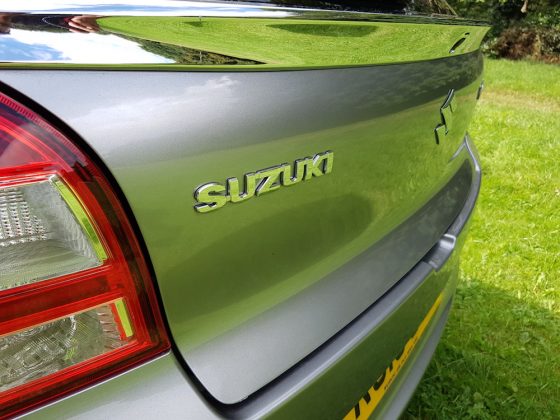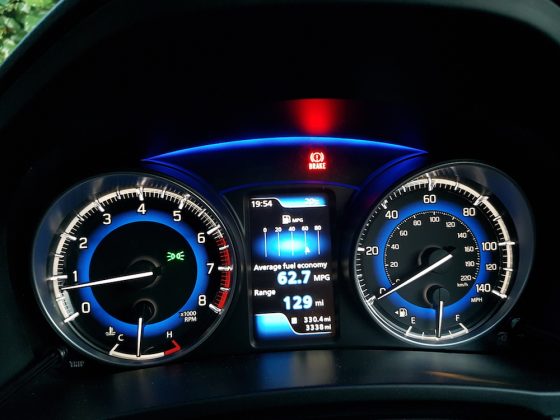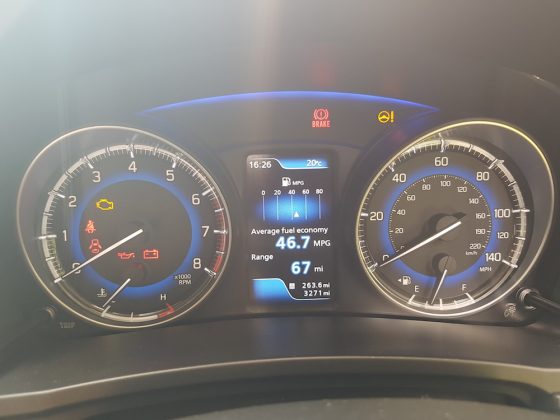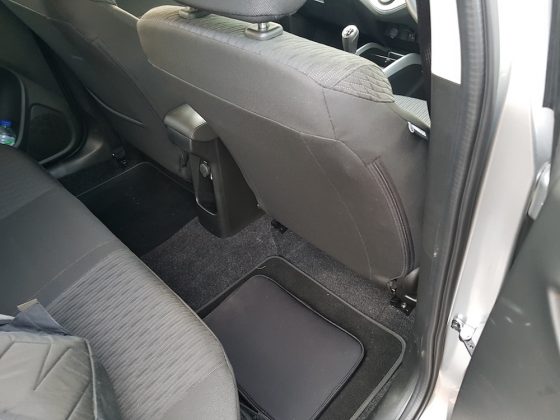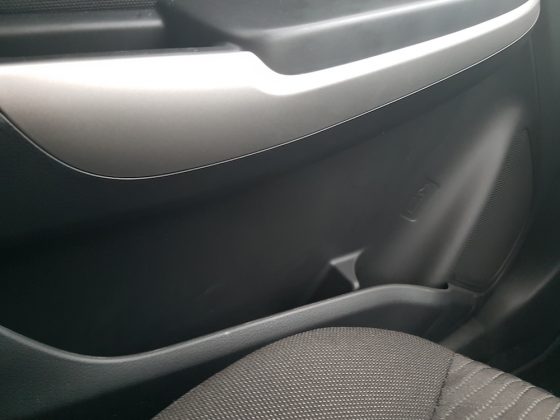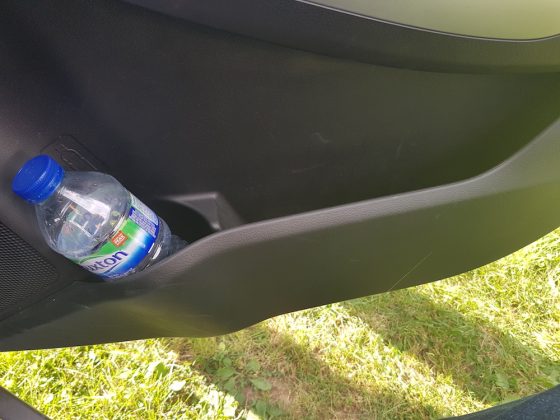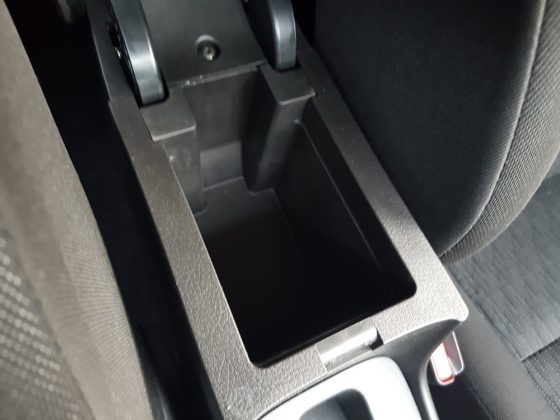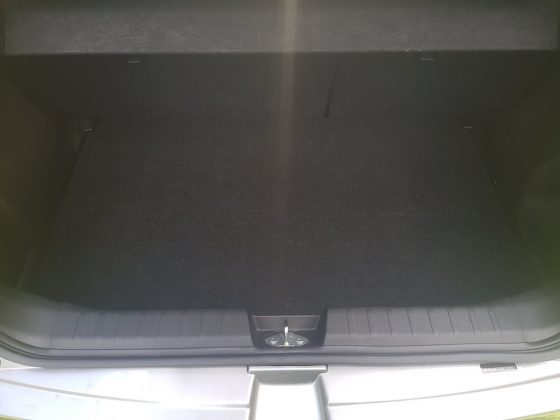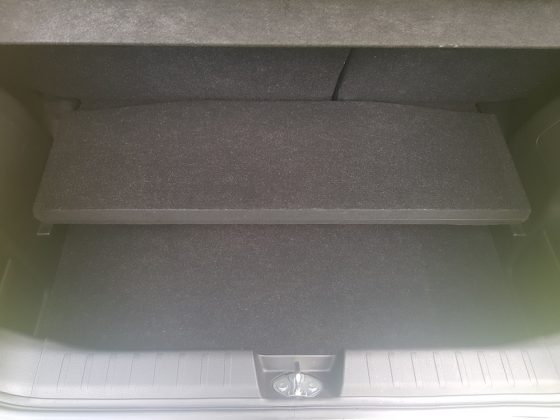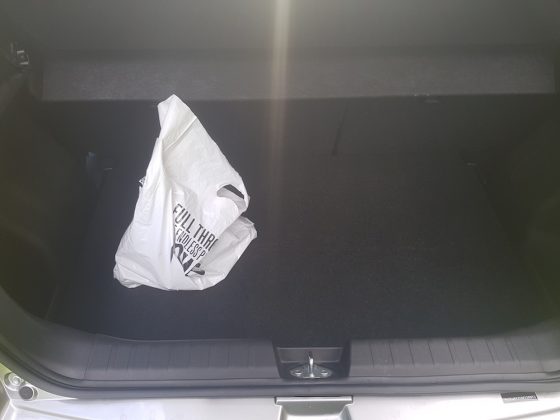The Suzuki Baleno may be a new car but in fact the name isn’t – the original Baleno was produced between 1995 and 2002. That wasn’t much of a looker and the new model isn’t exactly good-looking either. Some may think that the Baleno is unnecessary addition to Suzuki’s lineup as the Swift has been a good seller for the Japanese brand.
So at the moment the Baleno is shaping up to be the poor relation but don’t stop reading just yet – the Baleno may be the Swift’s bigger, more mature brother but that’s not to say it has nothing to offer. The new model starts at £12,999 for the SZ-T model but the model on test here is the SZ5 which is £1,000 more.

Styling
Right, let’s be honest, the Baleno is not the best looking hatchback on the market so I’m not going to stick on this subject too long. I like the Swift’s styling, it’s fun and cheeky plus it’s well proportioned whereas the Baleno is not aesthetically pleasing. Of course looks are very much a subjective area but I’m sure I am not the only one who’s not a fan. The chrome strip on the back is really not my cup of tea either, it looks out of place and I’ve found it collects dirt easily. The Premium Silver finish applied to the model tested does improve matters and helps the car look more premium but that’s a £430 option.
The inside is not much better I’m afraid – yes, all the buttons are well laid out and it’s user-friendly but it’s drab and plasticky and I think it won’t date very well. The silver buttons on the centre console are purposeful but not overly satisfying to use. The blue dials and the TFT display help to take the edge off but the styling in general could be enough to put people off – this will be their loss though as I will explain later in this review.
Space and Comfort
This is an area where the Baleno quickly makes up ground as there is plenty of space to be found in the new car. The Fiesta may be the best-selling hatchback on the market but it’s boot is smaller than that of the Baleno – 320 litres is on offer compared to the 290 litres found in the Fiesta. Ok, so once the seats are down the Fiesta trumps the Baleno but if you do need more space in the Baleno, you can fold down the 60/40 seats to give an improved 756 litres.
Legroom in the back is very generous, even when the seat is set for my tall frame you could easily fit a tall adult behind me with comfort. There is a caveat with that though, headroom will be tight for taller passengers so that is something to bear in mind but even so, the back is definitely suitable to both adults and children.
Getting a good driving position is easy in the Baleno thanks to the steering wheel that adjusts for reach and rake. I did find the driving position a bit high for my liking, even when the seat was set to its lowest but it wasn’t a huge problem. The steering wheel unit is also a bit bulky so getting in and out can be a tad tricky but there is no major issue there.
Out on the road, the Baleno is certainly comfortable, it soaks up the bumps nicely and the ride is smooth and compliant. The front seats are nice and supportive although my wife found the rear seats lacking support but I doubt this will be a deal-breaker when buying the car.
What’s it like to drive?
In short, it’s good. As I’ve mentioned already, the ride is smooth and compliant but that’s not to say it’s no good in the bends. Ok, so the steering is a little wholly and there is a bit of body roll but the Baleno may surprise you in the bends. It won’t offer the same crisp handling as the Swift Sport but let’s face it. it’s not designed to.
The engine selected in this model was the 109bhp 1.0 litre petrol Boosterjet which has three cylinders but is helped along with a turbocharger which is rapidly becoming the norm with hatchbacks. A 1.2 litre engine is also available which offers better economy – thanks to stop/start function – but it’s slower as well. The 1.0 litre is a nippy engine that feels faster than the 11.4 0-62mph time may suggest. It’s mated to a five-speed manual although an automatic is also available. Top speed is 124mph for the manual and 118mph for the automatic.
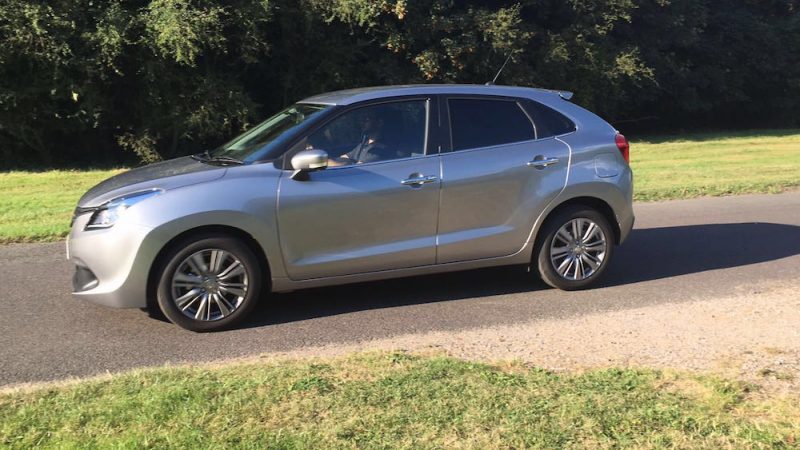
The Baleno is a car that is capable in a lot of areas and even on the motorway I found it comfortable and easy to drive. Road noise was a bit of an issue but even so, it was by no means tiring. The cruise control works well in case you do fancy a rest and the Radar Brake Support also works well. Some may want a sixth gear to help cruising on the motorway but I wouldn’t say it’s a necessity.
Equipment
This is another area where the Baleno flexes its muscles as it simply oozes kit. The SZ5 which is top of the range, although there are only two trims to choose from. Priced at £13,999 the list of kit is almost hard to believe. Automatic headlights, keyless entry, Autonomous Emergency Braking (AEB), cruise control with speed limiter and Radar Brake Support, climate control, sat nav, DAB radio, Bluetooth, MirrorLink and a reversing camera are all present and correct in the Baleno.

Other features include alloy wheels, rear tinted windows, a TFT display, Aux and USB ports. All the equipment works well although I must admit it took about six attempts to connect my Galaxy S7 to the Bluetooth and I couldn’t get it to work with the MirrorLink either. Once the phone was connected though (via Bluetooth) I had no problems and it worked absolutely fine.
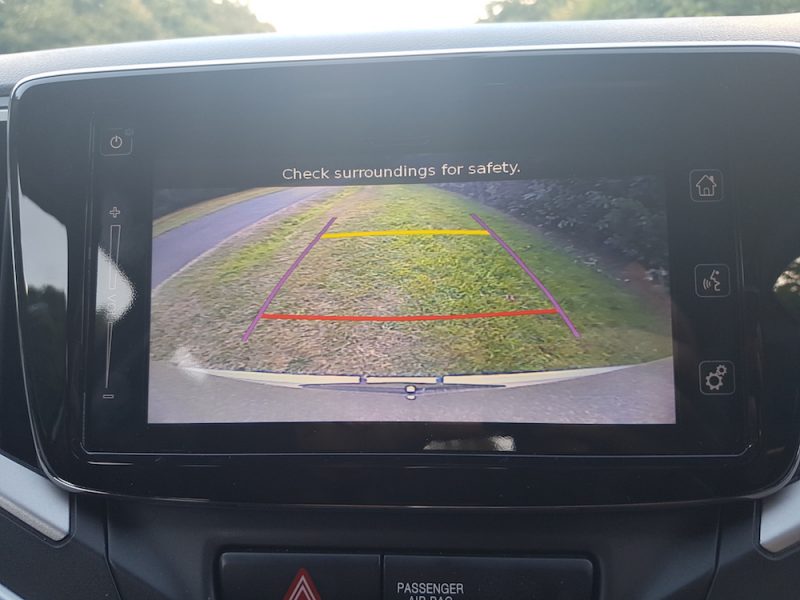
If you drop down to the Baleno SZ-T you’ll still get a good level of kit but you’ll lose the adaptive cruise control, electric rear windows and keyless entry as well as the automatic air conditioning and centre console box with armrest.
Fuel Economy
Thanks to the 1.0 litre Boosterjet, the Baleno is able to offer good mpg figures both in and out of town. Suzuki state the car is able to get up to 62.7mpg on a combined run and I was able to 51.8mpg in the real world which is not bad at all. The best mpg I could muster on the motorway was 61.4 although if it hadn’t have been for the M25 I would have been able to get a higher figure on a separate journey (I got 54.5mpg on that run).
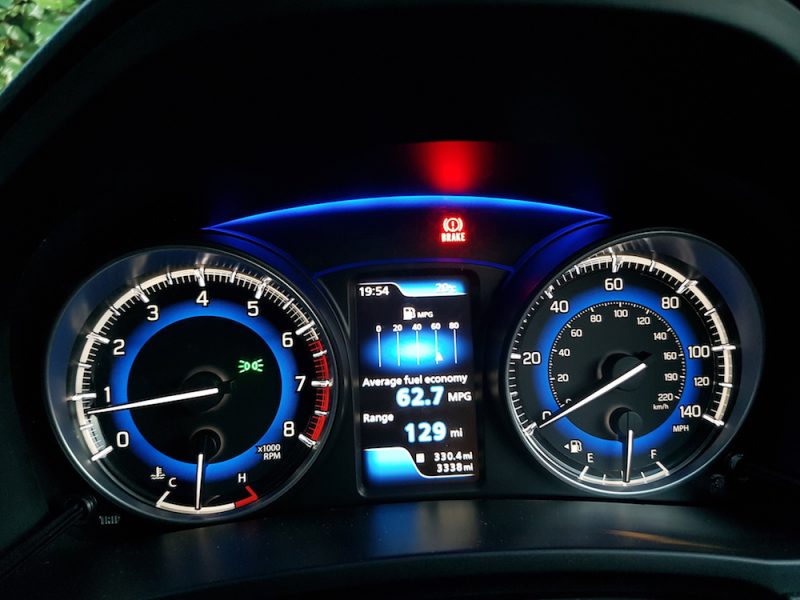
The town mpg is a bit of an anomaly in all honesty as quite a lot of the town driving I did featured light traffic so I was actually able to hit some decent figures. The lowest I got was 44.3mpg and the highest I was able to get was actually 62.7mpg! I must confess this was in the evening where the roads were pretty empty so as I say, that was a bit of an anomaly. Either way the economy was impressive and noticeably better than the Fiat 500 I tested a while back which has a similar type of engine – albeit one less cylinder.
Verdict
So the Baleno may not be the best looking hatchback on the market, nor does it have the best interior, but if you can look past that you’ll find it has a lot to offer. With such a comprehensive list of kit for its price you’d find it hard to look past the Baleno when shopping for a hatchback.
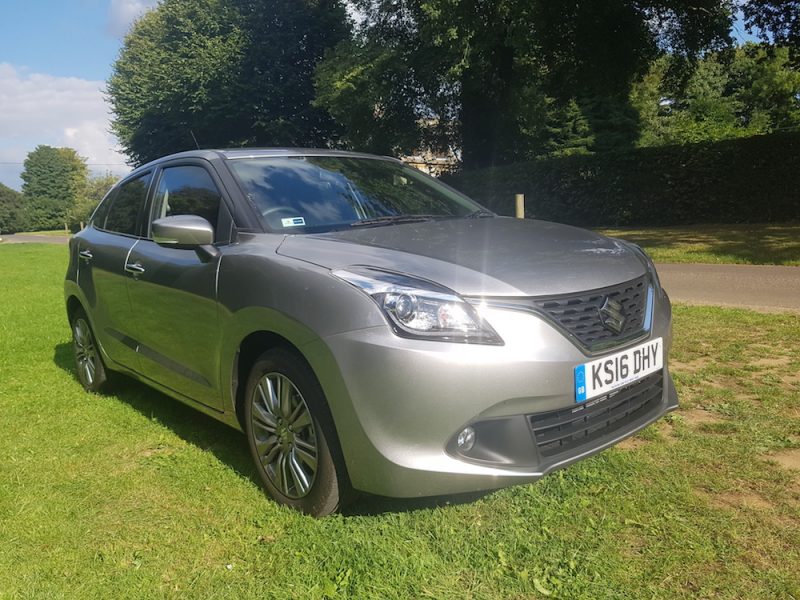
I’ve actually grown rather fond of the Baleno throughout the time I’ve driven it and I must confess I was a bit sad to give the car back to Suzuki. I still cannot get my head around how the brand has been able to fit all that kit in to Baleno’s well-priced package as it’s very impressive. Some may think this is a bold claim but I am willing to say that this car could well be the thinking man’s Ford Fiesta.
Car Obsession Rating:  (4 / 5)
(4 / 5)
Pros:
- Loads of equipment
- Well priced
- Frugal
- Comfortable
- Nippy engine
Cons:
- Not aesthetically pleasing
- Cheap, dull interior




